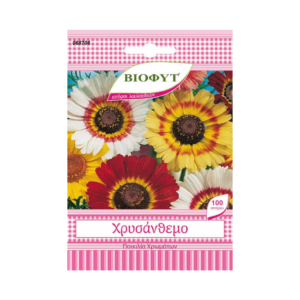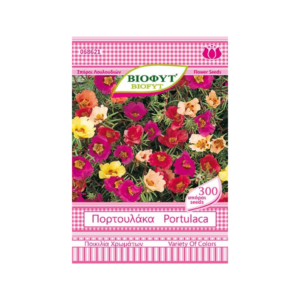Carnation Yellow
Carnation Yellow
There are over 300 varieties of carnation. Cultivated and wild varieties of carnations, scented and unscented carnations, tall and short, some creeping and some erect, ideal for cut flower. More well-known varieties are the common carnation, the Chinese carnation, the poet’s carnation, while a special mention deserves to be made of the wild carnation. Common carnation (Dianthus caryophyllus): The carnation we remember traditionally decorating our grandparents’ yards. It has grey-green foliage and a wide variety of flower colors such as white, pink, purple, orange and red. There is a wide range of varieties of the common carnation to choose from both in height, from 20 cm to 70 cm and configuration from upright branches to lateral ones. Poets’ carnation (Dianthus barbatus): Dianthus barbatus is a low-growing herbaceous plant that reaches a height of 20-25 cm and produces many small flowers with distinctive fringe-like split petals. The flowers are white, pink or red, while some are bi-colored. They usually live for 1-2 years but multiply easily as the seed falls from the flowers. Chinese carnation (Dianthus chinensis): The Chinese carnation is a native plant of the mountains of southern Europe that reaches a height of 30-70 cm. Its flowers are presented in a dense cluster of up to 30 flowers together at the top of the stems, they are 2-3 cm in diameter with five petals which display characteristic serrated edges. We find them in various colors such as white, pink, red, purple and various designs.
Carnations have moderate watering needs. During the spring and autumn, we water the carnation twice a week, while in the winter the watering becomes more sparse. During the summer months and in hot conditions, especially when in small pots, the carnation needs more frequent watering, at least every two days, to cope with the very high temperature levels. Because carnations are sensitive to soil moisture, water only after checking that the soil is dry.









